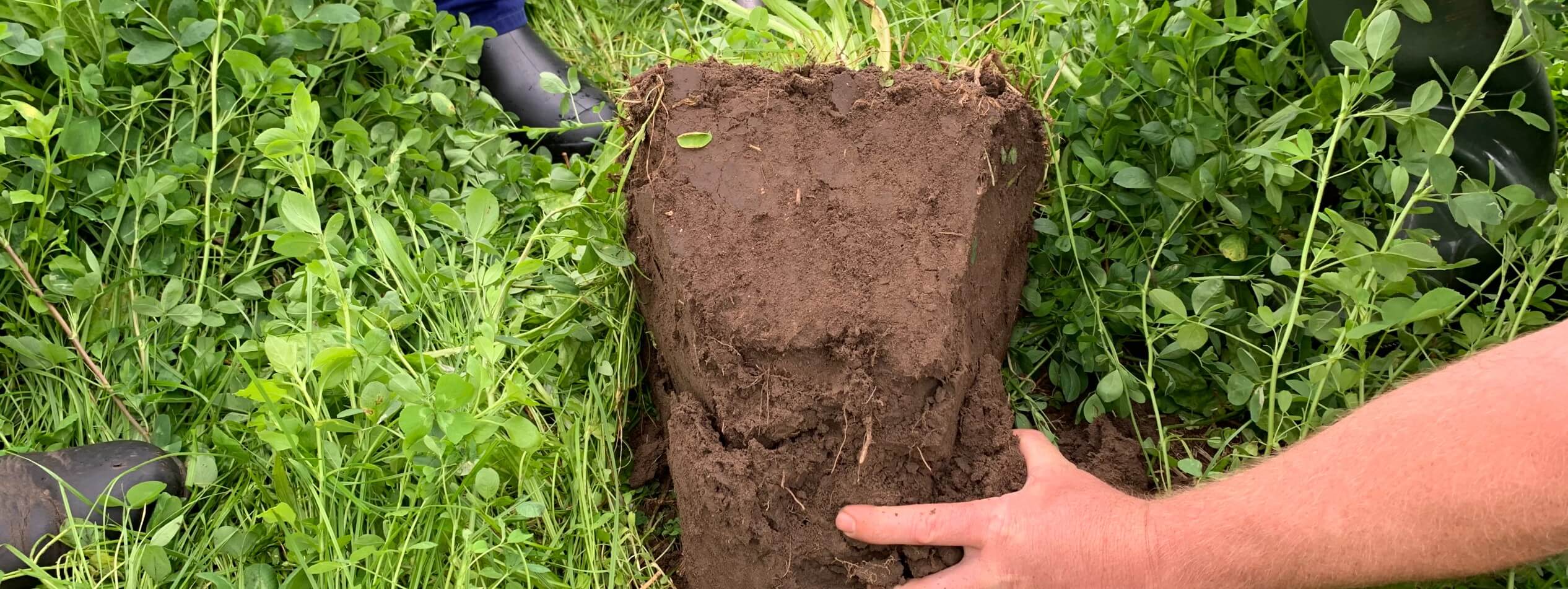I find it fascinating that farmers will never leave their livestock herds unfed, however they are willing to leave their “underground herds” unfed. Feeding “underground herds” is a simple process, living roots pump carbon (food) into the soil to support soil life.
Living roots affect the nutrient cycle
Soils have become high nutrient input systems. We are using substantial amounts of synthetic fertiliser to grow our crops. This is a result of us starving out our “nutrient cyclers”. To turn this around, we need to start returning carbon back to where it belongs, the soil, to feed our soil life. If we feed our soil life we will be rewarded with the process of nutrient cycling in the soil.
How can I maintain living roots?
Living roots can be maintained in the soil by planting perennial species, however, climatic conditions can sometimes limit the use of perennials. The only other alternative is cover crops. Farmers are often discouraged by the thought of using cover crops on their farms. They usually say “it is too expensive”, “there won’t be enough food for my animals if I plant cover crops”, or if they have tried it, they will say, “my cover crops didn’t grow well and it was a failure”. I agree it might be an expensive process, but the cost of applying substantial amounts of synthetic fertiliser to grow food is also expensive and unsustainable. I’m also a firm believer that the carbon harvested from the cover crops versus the carbon harvested from crops such as sorghum and maize, will provide more food for the animals in the long run. Lastly, yes, your cover crops might not have grown as well above ground as you would have liked, however below ground those plants grew plenty of roots, and that is what matters!
Benefits of cover cropping
Besides increased nutrient cycling, and therefore reduced fertiliser usage, cover crops also help with the following:
- Improved yield, due to improved soil life.
- Reduced pesticide usage, as a result of reduced weeds, diseases, and harmful insects.
- Improved moisture retention.
- Reduced soil erosion.
Conclusion
For a farm to survive and be sustainable in an ever-changing business environment, farmers need to increase production, whilst reducing inputs. Living roots in the soil is one of many practices that can change agriculture from a damaging industry to a regenerative one. It is time all farmers start feeding their “underground herds”!
Source
- Brown G. 2018. Dirt to soil: One family’s journey into regenerative agriculture. C Green, Vermont London, UK. P117

